
“Techno Warriors” Korean Theatrical Poster
AKA: The Cyber Warrior
Director: Philip Ko Fei
Cast: Philip Ko Fei, Tamara Guo, Darren Shahlavi, Winston Ellis, Monsour del Rosario, James Ha Chim Si, Thorsten Nickel, Alan Chan Yiu Lun, Niño Muhlach
Running Time: 85 min.
By Paul Bramhall
The career of Philip Ko Fei is an interesting one to say the least, and one which has made me an unabashed fan of his work. If you were to ask me why, like many others, I’d probably lean on the fact that he rightfully became known as the King of Shapes. The use of the word ‘shapes’, in the context of kung fu cinema, relates to the highly intricate choreography style that reached its peak in the early 80’s. From witnessing Ko Fei’s performance in the likes of The Loot, Tiger Over Wall, and Eight Diagram Pole Fighter, his ability to perform such a complex number of moves in a single take, with speed, was mesmerising to watch.
However this was only one side of his talents. Outside of stealing the show in various kung-fu classics, Ko Fei featured in some wonderfully left of field productions. From a raw egg drinking bald assassin in Leung Kar Yan’s Profile in Anger, to a revenge seeking brother-cum-Buddhist monk in the completely out there The Boxer’s Omen. By the time Ko Fei retired from the film industry in the early 2000’s, some of the last productions in his filmography consist of self-directed titles such as Royal Sperm, Love & Sex in Sung Dynasty, and Burning with Desire. Chances are that if Eight Diagram Pole Fighter was made at the tail end of his career, it wouldn’t have been referring to a style of kung fu.
The 1990’s were definitely some of the most interesting years for Ko Fei. At the beginning of the decade he packed his bags and headed for the Philippines, were he began directing a number of decidedly low budget, but highly energetic, action movies. They often starred Yukari Oshima, with whom he was rumoured to have been in a relationship with at the time, and came to be defined by the B-grade production values, OTT wirework, and cheap and cheerful pyrotechnics. Some of these movies also seemed to reflect a sci-fi influence, as titles like Ultracop 2000 indicate, and Techno Warriors was another production which aims for a more fantastical angle.
Explaining the plot of Techno Warriors could easily be described as headache inducing, but I’ll attempt to anyway, as much to give myself disclosure on the whole thing as it is for this review. It’s the year 2020, and people have become so sufficient on their computers that they never need to leave their homes. One such person is an overweight unemployed fellow played by Niño Muhlach (more recently seen in the breakthrough Filipino crime thriller On the Job), who wears t-shirts which look two sizes too big for him, and speaks in an annoyingly winey American dubbed accent. Muhlach loves nothing more than playing on a computer game called Techno Warriors all day (which involves him wearing what looks like a virtual reality version of a gimp mask), and his dream is to one day get so good at it, that he’ll be skilled enough to rule over the Cyber World. Yes, there’s an alternate universe called the Cyber World.
In the real world anyone who can’t use a computer usually ends up in a criminal gang, and it’s up to crime unit members Tamara Guo (most recognisable as one of the two Women on the Run) and local Filipino actor Monsour Del Rosario (who’s character, it’s explained, has recently transferred from the Inter-Planetary Immigration Service), to keep the streets clean. The Black Ninja (played by a permanently masked Ko Fei), who rules over Cyber World, has cottoned on to the fact that this Filipino layabout could be a threat, so he sends various assassins (who all happen to be characters in the game also) into the real world to kidnap and make him their slave. Thankfully, cyber-police Darren Shahlavi, Lee Kwang-su, and Karin Perathoner (who are also characters in the game) plan to foil the kidnap attempt, so also make the leap into the real world in an attempt to stop the Black Ninja. Once in the real world, they team up with Guo and Rosario, which sees the best of the cyber world police and the best of the real world police join forces to take on the bad guys.
If you feel baffled, you’ll be even more confused once you actually watch it. There’s a reason why I mention all the principle players from Cyber World also being characters in the game. There are a few scenes which involve Muhlach playing the game, which follow him from selecting the characters to the fight itself. Except the in-game fight is played out by the actual actors, so we get to see Darren Shahlavi (whose character is called Twister, exactly as it is in Ip Man 2) let loose in what amounts to a couple of nice one-on-one exchanges against other opponents. The secret is to remember that this is Shahlavi the Techno Warriors game character, not Shahlavi the cyber cop, who’s busy trying to save Muhlach due to his mastery of playing him in the game. Lost? So was I.
As entertaining as these specific fights are though, unfortunately they’re completely ruined by Muhlach’s commentary which plays over them. We also have to suffer cut away shots of him attempting to perform the moves in his living room, adorned in his virtual reality gimp mask, which convert over to the characters in the game (thankfully much more convincingly than he does them). There’s nothing quite as frustrating as watching an intense HK style fight, while some guy enthusiastically yells over everything such clangers as, “Looking good! Looking cool!” and “Oh yeah, suck it up!” A high tolerance threshold comes thoroughly recommended, or the mute button.
Thankfully these scenes only make up a small portion of the action, which is plentiful, and Shahlavi remains front and center for many of them. Techno Warriors is about as close as the British powerhouse would get to a leading role in a Hong Kong movie, all be it one shot in the Philippines, and he sells his fights with aplomb. Even more so than in Bloodmoon, made the same year, he unleashes a formidable array of kicks whenever he springs into action, as do the rest of the fighting cast. Taekwondo seems to be the martial art of choice for most of the fight scenes, so for those who like their boot work, Techno Warriors should definitely deliver some entertaining moments.
However I should warn that the action comes with a caveat that may turn some viewers off. It seems that Ko Fei was attempting to stick so closely to creating a live action computer fight game, that almost every kick, punch, or thrust of the sword is accompanied by some kind of animated projectile being attached to them. While for some this may be an annoyance, in the context of the plot I found it to add to the productions already goofy charm. The fact that the projectiles are also adequately paired with practical explosions (of varying sizes) actually made the effect quite fun, as one thrust of the sword would throw off 10 laser beams blasting off the walls and ground. I’d say one of the biggest reasons why the decision works, is that the effects are there as well as the choreography, rather than getting in the way of the latter. So it’s still possible to enjoy the fisticuffs, while watching laser beams and things explode all around the opponents going at it.
Perhaps more than any other movie I’ve seen which hopes in some way to capture the essence of a fight based video game, Techno Warriors does the job, for better or worse. The irony of course being, that it’s not directly based on any game. Characters wear face masks, capes, bright colored leggings, carry around over-sized weapons, and best of all it’s all done completely poker faced. The influence of Street Fighter 2 and Moral Kombat is blatant, with an M Bison clone being the stand out, and while it is completely derivative, it’s also a lot of fun seeing such characters on the screen, with almost zero adjustment from what you’d imagine them to look like in a game. Indeed the opening 8 minutes of the movie is basically a video game intro, as each character gets his own onscreen profile detailing their vital stats. Shahlavi is a ‘Supercop of the Game World’, Perathoner is ‘Pretty, Cool, & Precise’, and Ko Fei’s Black Ninja biography reads ‘Dangerous, Tricky, & Ulmost Cruelty’.
Ko Fei at least must have been happy with the end product of Techno Warriors, as he’d go onto recycle scenes from it in his movie Digital Warriors, made just 3 years later. Mercifully, the footage doesn’t include a late in the game (excuse the pun) appearance by some laser firing spaceships, which look like they’ve come straight out of a primitive flash video program (they probably were). But really, what other kung fu movie has opponents duking it out while fighting off spaceships? Reasons like this make me torn, as Techno Warriors looks and feels like it should be immediately written off as an embarrassing disaster. However the frantic pacing, colorful characters, boot work, and even the laser beams all somehow add up to a goofily entertaining 90 minutes. For fans of the late Darren Shahlavi, fight based video game adoptions, and Ko Fei’s Filipino action output, Techno Warriors is definitely worth a look. Would I recommend it to anyone else? Maybe, but doing so could be considered a move of ulmost cruelty.
Paul Bramhall’s Rating: 6/10

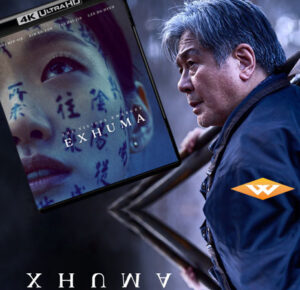
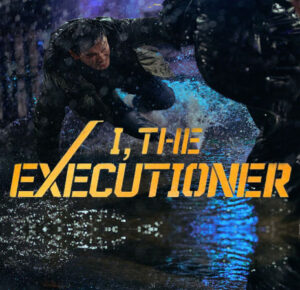
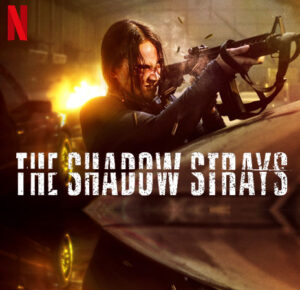


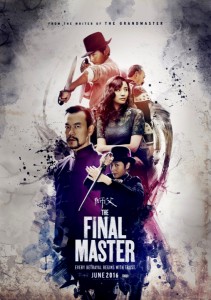



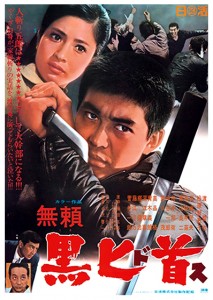





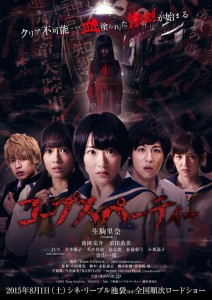
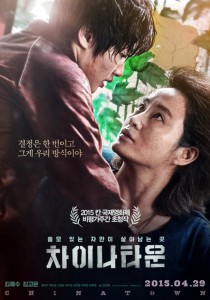
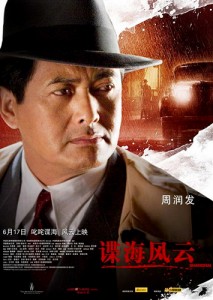
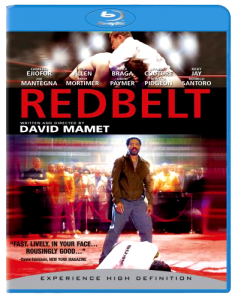




8 Comments